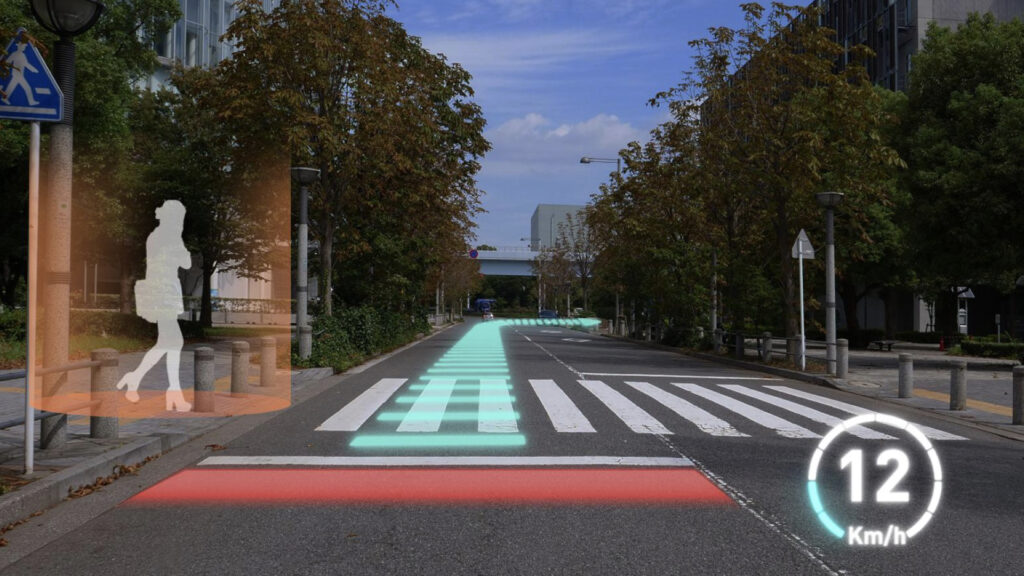Foundation: 1918
Headquarters: Kadoma city, Osaka
President: Kazuhiro Tsuga
Executive Summary: Panasonic Corporation, originally Matsushita Electric Industrial Company, is a Japanese multinational electronics company that also manufactures home appliances and various other products. Konosuke Matsushita established the company on March 7, 1918, initially focusing on producing fan insulator plates. Matsushita soon ventured into household electric fixtures, believing there was a market for affordable, high-quality products. His first major successes were an attachment plug and a two-way socket.
As the company expanded, Matsushita introduced the “Hoichi Kai” or “One-Step Society,” which aimed to foster camaraderie among employees through sports, games, and cultural activities. He also promoted transparency by sharing trade secrets with employees, building a culture of trust. By 1922, due to high demand, the company built its first factory. A significant product was the “National” bullet-shaped bicycle lamp, which offered a longer battery life than competitors, though it took some time for consumers to appreciate its value. Matsushita’s strategy of leaving samples for trial at stores eventually led to a surge in sales.
The company’s product line expanded to include heated items like electronic irons and foot warmers, followed by its first electric motor in 1934. By 1935, Matsushita was producing around six hundred different products and officially incorporated as Matsushita Electric Industrial Company. In response to employee welfare, Matsushita founded a Health Insurance Association in 1937 and completed the Matsushita Hospital three years later.
During the Pacific War, the company shifted to military production, manufacturing wooden ships and aircraft, but lost 32 facilities to wartime destruction. Post-war, Matsushita experienced significant growth by introducing consumer products like washing machines, televisions, rice cookers, and refrigerators, some of which began to carry the Panasonic brand. The first color television was launched in 1960.
In 1974, Matsushita acquired Motorola’s television operations in North America. The 1980s and 1990s saw further expansion with products like CD players, VHS camcorders, the first Notebook personal computer, and the Mova P cell phone, which was notably the smallest and lightest at the time. The company officially changed its name to Panasonic Corporation in 2008.
Today, Panasonic is organized into four key divisions: appliances, eco-solutions, AVC networks, and automotive and industrial systems. It has a significant investment in Tesla Motors, supplying batteries for Tesla Models S, X, and 3. Panasonic’s annual revenue is in the range of US$75 billion.

